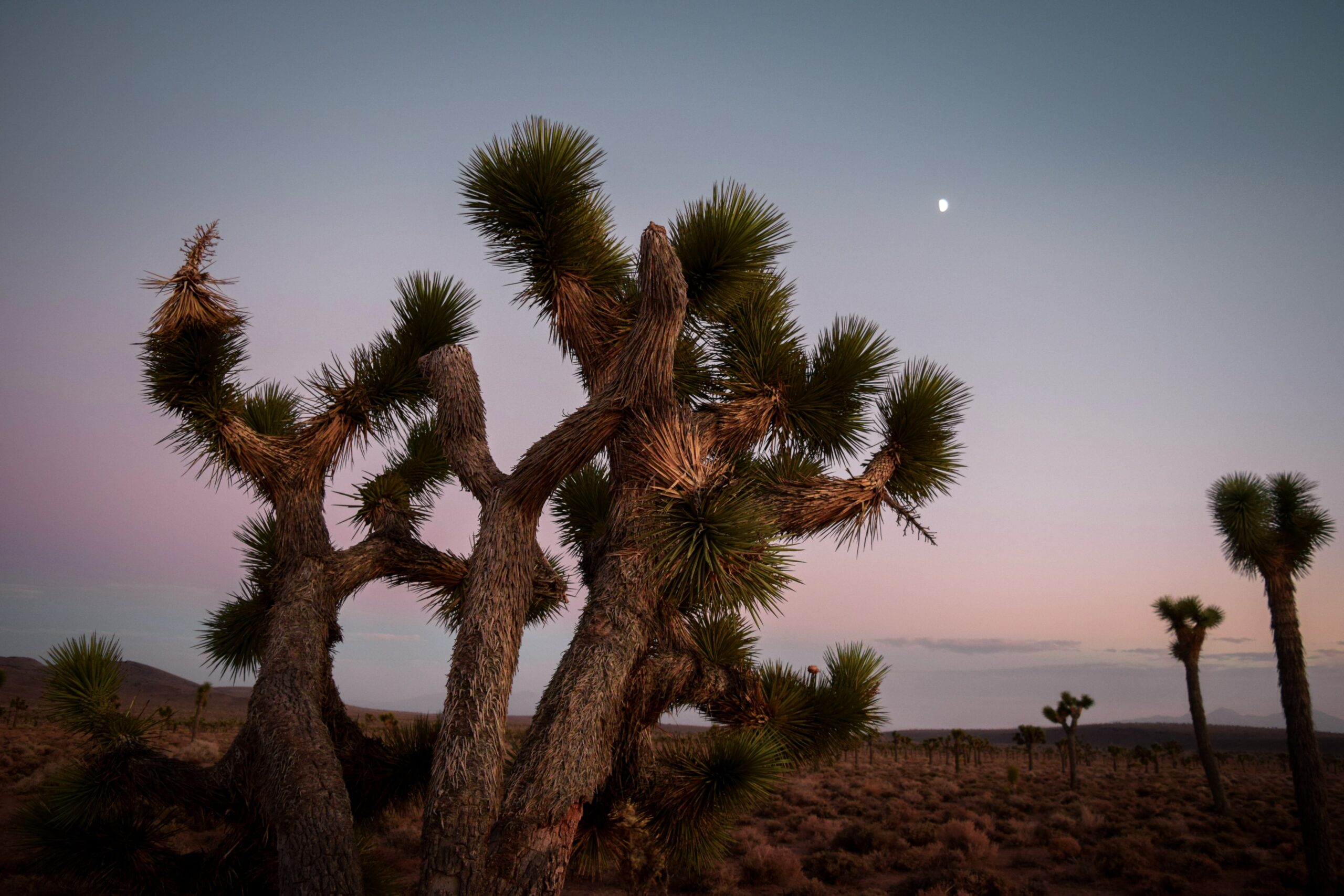Bird Watching in Joshua Tree National Park
12/08/22Bird watching ain’t just for bird nerds and older folk. It’s becoming a popular hobby for everyone. Basically, if you enjoy the outdoors and have not yet delved into the wonderful world of bird watching, you are missing out!
Of the 800 species of birds that have been recorded in the United State, California sees visits from over 700 of them. And of those, a considerable chunk can be viewed in Joshua Tree National Park. All through the year, you have the opportunity to see the vibrant colors and hear the amazing calls of Phainopepla, Cactus Wren, Gambel’s Quail, Mourning Dove, and LeConte’s Thrasher. The birds of prey to look for include the American Kestrel and the Prairie Falcon.
Pro Tip: For beginners, there are some wonderful apps out there you can download on your phone that will help you on your birdwatching journey.

Winter Bird Watching in Joshua Tree National Park
During the winter season, in Joshua Tree you’ll be greeted by the likes of the Dark-eyed Junco, the White-crowned Sparrow, and the American Robin (as they fly south for the winter). These wintering birds refuse to leave the park until at least March. During spring and summer, you’ll start to see the Western Bluebird, Bendire’s Thrasher, and the Western Kingbird, among so many others.
Then there is the anticipated migration season when the colorful Warbler makes a passing visit to the park. Other notable species include the Yellow-rumped and Nashville Warbler, the Luzuli Bunting, and Western Tanager. If all of these names are making your brain woozy, you’re not alone. You just have to come here and witness for yourself.
Where to Look for Birds in Joshua Tree National Park
Water impoundments and fan palm oases are great spots in the park to search for birds. Even “lakes” that are dry, such as Barker Dam, offer excellent forage vegetation for birds. The Oasis of Mara and the 29 Palms Inn at the west end are good bird viewing areas. Cottonwood Spring has both cottonwood trees and fan palms to provide vegetation and shelter for a number of birds.
Lost Palms Oasis and 49 Palms Oasis are other excellent spots to find a number of species.
Smith Water Canyon requires a more extensive hike but holds great riparian habitat associated with good bird watching as well. The high desert areas of the park encompass the Queen and Lost Horse valleys where hikers can look for ladder-backed woodpecker, black-tailed and blue-gray gnatcatchers, black-throated sparrow, red-tailed hawk, oak titmouse, and sage sparrow.
Residents, Migrants, and Nesting Birds
At any time of year, you may spot year-round residents such as the greater roadrunner, phainopepla, cactus wren, rock wren, mockingbird, verdin, mourning dove, Le Conte’s thrasher, and Gambel’s quail. Resident birds of prey include the red-tailed hawk, American kestrel, Cooper’s hawk, and prairie falcon. These majestic birds bring visitors back year after year.
Transients Birds in Joshua Tree National Park
Brightly colored warblers pass through Joshua Tree on their yearly migration. Wilson’s, black-throated gray, Nashville, and MacGillivray’s are among those that migrate here. Other transients are black-headed grosbeaks, lazuli buntings, western tanagers, and indigo buntings.
In addition to gorgeous songbirds, Joshua Tree hosts a migration of several birds of prey: sharp-shinned hawks, Swainson’s hawks, rough-legged hawks, northern harriers, and osprey have all been reported here.
Unusual Sightings
A flock of 200 or more turkey vultures have been seen spending the night amongst the trees at the Oasis of Mara during spring migration. They pose quite a sight in the park, especially with their wings slightly spread and warming in the early morning sun.
Occasionally, a shore bird will find its way into Joshua Tree during the spring months. Don’t be too surprised to see some black-necked stilt or perhaps an eared grebe standing on a park road.
Remember, if you see a rare bird or have an interesting sighting within the park, please report it to park rangers. They are always on the lookout for new species and interesting finds!
